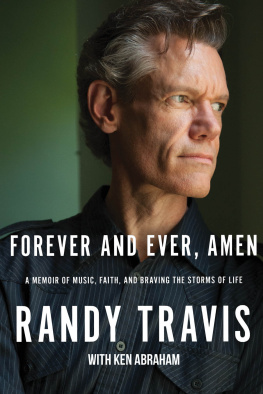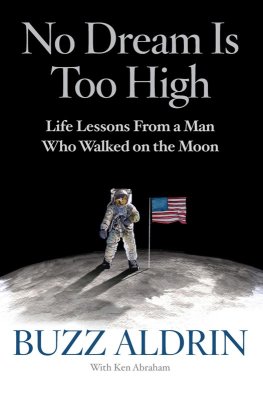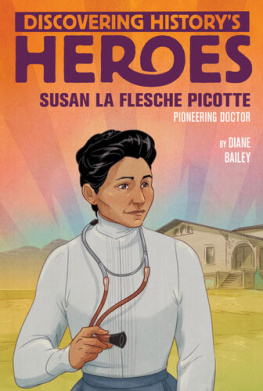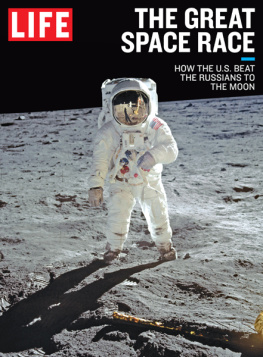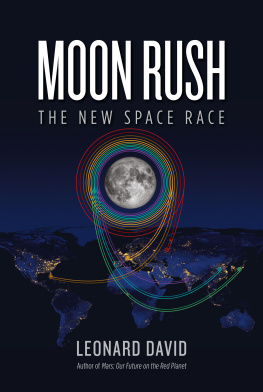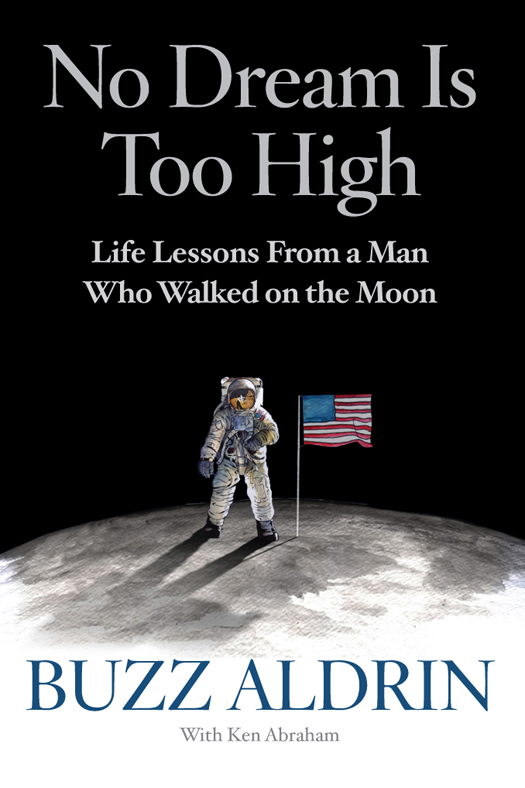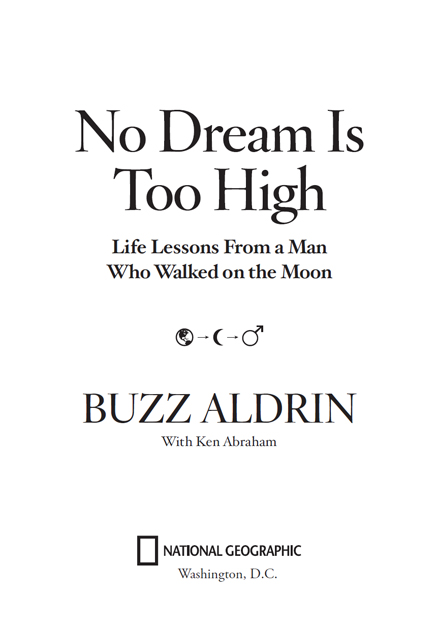Also by Buzz Aldrin:
Mission to Mars
Magnificent Desolation
Encounter With Tiber
The Return
For children:
Welcome to Mars
Reaching for the Moon
Look to the Stars
Published by National Geographic Partners, LLC
Copyright 2016 Buzz Aldrin Enterprises, Inc. All rights reserved. Reproduction of the whole or any part of the contents without written permission from the publisher is prohibited.
NATIONAL GEOGRAPHIC and Yellow Border Design are trademarks of the National Geographic Society, used under license.
The quoted comment from Ed White on is reprinted from Virgil Gus Grissom, Gemini!: A Personal Account of Mans Venture Into Space (New York: The Macmillan Company, 1968), p. 78.
The passage from the speech President Nixon prepared in case the Apollo 11 mission failed on is reprinted from William Safire, Before the Fall: An Inside View of the Pre-Watergate White House (New York: Doubleday, 2005). The actual speech is preserved in the National Archives in Washington, D.C.
Library of Congress Cataloging-in-Publication Data
Names: Aldrin, Buzz. | Abraham, Ken.
Title: No dream is too high : life lessons from a man who walked on the Moon / Buzz Aldrin with Ken Abraham.
Description: Washington, D.C. : National Geographic, 2016.
Identifiers: LCCN 2015037069 | ISBN 9781426216497 (hardback)
eISBN: 978-1-4262-1650-3
Subjects: LCSH: Aldrin, Buzz. | Aldrin, Buzz--Philosophy. | Conduct of life--Philosophy. | Astronauts--United States--Biography. | BISAC:
BIOGRAPHY & AUTOBIOGRAPHY / Science & Technology. | REFERENCE / Personal &
Practical Guides. | SELF-HELP / Personal Growth / General.
Classification: LCC TL789.85.A4 A3 2016 | DDC 650.1--dc23
LC record available at http://lccn.loc.gov/2015037069
Since 1888, the National Geographic Society has funded more than 12,000 research, exploration, and preservation projects around the world. National Geographic Partners distributes a portion of the funds it receives from your purchase to National Geographic Society to support programs including the conservation of animals and their habitats.
National Geographic Partners, LLC
1145 17th Street NW
Washington, DC 20036-4688 USA
Become a member of National Geographic and activate your benefits today at natgeo.com/jointoday.
For rights or permissions inquiries, please contact National Geographic Books Subsidiary Rights:
v3.1
I dedicate this book to the dreamers, the out-of-the-box thinkers and seat-of-the-pants innovators like me: John Houbolt, Hubert Davis, Dick Battin, Charlie Bassett, Ed White, and Stephen Hawking.
But I dedicate this especially to my dear friends and Apollo 11 crewmates, Neil Armstrong and Michael Collins.
CONTENTS
CHAPTER ONE
The sky is not the limit There are footprints on the Moon!
CHAPTER TWO
Keep your mind open to possibilities.
CHAPTER THREE
Show me your friends, and I will show you your future.
CHAPTER FOUR
Second comes right after first.
CHAPTER FIVE
Write your own epitaph.
CHAPTER SIX
Maintain your spirit of adventure.
CHAPTER SEVEN
Failure is always an option.
CHAPTER EIGHT
Practice respect for all people.
CHAPTER NINE
Do what you believe is right even when others choose otherwise.
CHAPTER TEN
Trust your gut and your instruments.
CHAPTER ELEVEN
Laugh a lot!
CHAPTER TWELVE
Keep a young mind-set at every age.
CHAPTER THIRTEEN
Help others go beyond where you have gone.
COUNTDOWN
B uzz Aldrin is one of the most brilliant men I have ever met. Is he outspoken and opinionated? Oh, yes. Is he quirky? Oh, yeah. Is he eccentric at times? More than you can imagine!
But Buzz Aldrin is also one of the kindest men I have ever met. He has a heart that goes from here to the Moon and back. He is elegant and charming. He is a gentle man, generous to a fault, self-effacing, and intensely patriotic. He can be mildly irreverent, and he is one of the funniest people ever to walk on Earth or on the Moon.
Many people know Buzz from Apollo 11; others know him from his passionate speeches motivating the next generation of explorers to get their asses to Mars. Some people dont understand him when he speaks, but I know him well enough to be able to fill in the blanks.
Some of the stories he is about to share, Ive heard him tell many times; others are brand new, even to me. In the pages ahead, Im excited for you to meet the Buzz Aldrin that I know. He has so much to share with us. He really does dream big and for Buzz, dreams do come true!
Christina Korp
Manager and Mission Control Director to Dr. Buzz Aldrin
CHAPTER ONE
THE SKY IS NOT THE LIMIT THERE ARE FOOTPRINTS ON THE MOON!
W hen I was a boy, some people regarded the statement The sky is the limit as a positive affirmation, implying that anything is possible. The truth is, the sky is not the limit. Nowadays, we can go much farther, and dream much higher than the sky.
I know the sky is not the limit, because there are footprints on the Moonand I made some of them! So dont allow anyone to denigrate or inhibit your lofty aspirations. Your dreams can take you much higher and much farther than anyone ever thought possible! Mine certainly did.
For years, men and women dreamed of reaching spaceexploring the Moon, other planets, and even the stars. But it wasnt until the 20th century that human beings experienced their first powered flight. In 1903, on a windy morning on Kill Devil Hills at Kitty Hawk, North Carolina, two young risktakers, Orville and Wilbur Wright, took to the air, defying gravity in their appropriately named plane, Flyer.
My mother, Marion Moonyes, that was her real maiden namewas born that same year. A mere 66 years later, Neil Armstrong and I set foot on the Moon, fulfilling the dreams of millions of people and far surpassing the expectations of those who claimed that the sky is the limit!
Nowadays, when I speak to young audiences, they are often surprised to learn that the United States was not the pioneer nation regarding space exploration. In October 1957, while I was still serving in the U.S. Air Force and stationed in Germany, the Soviet Union pulled off an unexpected technological feat. They launched Sputnik 1, a spherical, polished-metal artificial satellite with four transmitting radio antennas. The satellite emitted an odd beep-beep sound that could be heard on radio frequencies in the United States and elsewhere as the weird object orbited the Earth, passing several times directly over major cities in the United States. Although Sputniks batteries ran out of power after only 21 days and the satellite eventually fell from orbit and was completely burned up as it reentered Earths atmosphere, the Russians had led the way into space.
A year later, America formed the National Aeronautics and Space AdministrationNASAwith the goal of reaching space. The space age was born, and a space race between Russia and the United States began, with each nation pouring millions of dollars and thousands of man-hours into besting each others efforts. The term space race may have been a euphemism for the two nations competitiveness, but the tension was real. Following World War II, the United States and the Soviet Union had emerged as the worlds two great superpowers, both armed with nuclear weapons, facing off against each other in increasingly chilled relationships that came to be known as the cold war, with both nations suspicious of the others motives.


